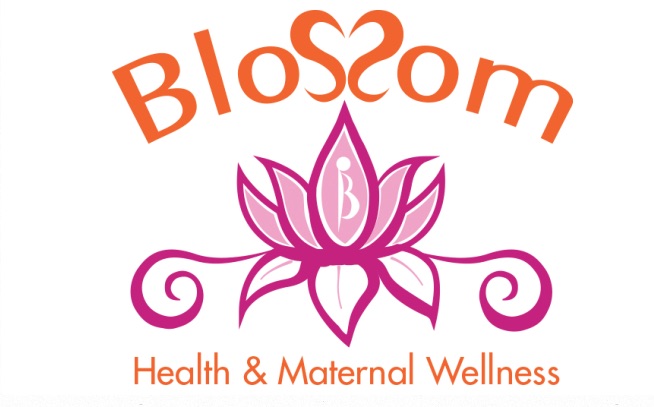Body Art is an ancient and outward expression of admiration, adoration, loyalty, homage, pride, commitment, gratitude, fanaticism, obsession, infatuation, love, lust, and sometimes lunacy. Although tattoos have been traced back to Neolithic times, they have not always been viewed as acceptable in Western society. Over the past several decades, tattoos have made a resurgence in America, and have transitioned from low class to upscale, from the jail house to the board room, and from discreet to prominently placed. Today, with tattoo-inspired reality shows, magazines, museums, festivals, and even Barbie dolls, it is common to be "tattooed and employed", and even more common to be tattooed and pregnant, or tattooed and breastfeeding. It is thought that nearly 33% of Americans under the age of 30 have at least one tattoo.
 |
| Mrs. M. Stevens Wagner, one of the earliest Tattooed Ladies that performed in the circus sideshows, 1907 |
This increase in popularity, visibility, accessibility, and acceptability, means that more and more women of childbearing age are feeling free, and maybe even compelled to wear their hearts... and everything else, AS a sleeve, literally. As with nearly anything related to pregnancy and breastfeeding, having tattoos, and getting tattooed during these times are controversial. The primary concern with getting a tattoo during the childbearing year(s) is the risk of contracting an infection, such as Hepatitis B and HIV. Although the risk is small, it is commonly recommended that you postpone your next tattoo until your family, and you breastfeeding journey are complete.
 |
| Henna Tattoo |
According to The American Pregnancy Association,"Little information is available about the safety of skin dyes used for tattooing during pregnancy. It is possible that the chemicals in the dye may affect the development of the baby during the first 12 weeks. However, the risks are unknown, as are any effects on the baby during the remainder of the pregnancy. Some women may have also heard that if they have a tattoo on their back, they will be unable to get an epidural. Very few studies have been done on the risks that could exist for women who have back tattoos and receive an epidural. So far none of these studies have conclusively found any data that indicates there are risks, so most anesthesiologists have no problem giving an epidural to a woman with a back tattoo."
 |
| Amazing C-Section Scar Tattoos |
According to La Leche League International, "It is very important to screen the tattooist and the shop carefully, checking with the local health department for local laws and regulations. Professional tattooists will follow universal precautions such as sterilization of the tattoo machine using an autoclave, single-use inks, ink cups, gloves and needles, bagging of equipment to avoid cross contamination, and thorough hand washing with disinfectant soap. Most tattooists will not knowingly tattoo a pregnant or breastfeeding mother. It is suggested that mothers wait at least until the child's first birthday to give their bodies a chance to recover completely from childbirth before getting a tattoo."
 |
T. C. Poole, Memphis, TN
|
However, there are many pregnant and breastfeeding moms who, after taking certain common sense precautions, fearlessly, and unapologetically choose not to wait. What To Expect reminds us that: "A new tattoo that looks symmetrical on your 15 weeks pregnant skin might become lopsided or distorted after you regain your pre-pregnancy shape — if you opt to get it in a spot that’s prone to expand during pregnancy, like your belly or your side, that is. There’s also the potential for stretch marks, which could appear smack in the middle of your new design (most common locations: abdomen, buttocks, breasts and thighs)."
This Breastfeeding Mom Isn't Feeling It!
This Mom and Lactation Consultant Offers These Facts
According to Breastfeeding Today, "It is estimated that 20% of people who get tattoos later regret the decision and wish to have them removed (M. Armstrong et al., 2008). The medical literature says little regarding the safety of tattoo removal while breastfeeding. Tattoo removal is accomplished with the use of Q-switched lasers. The laser causes the tattoo pigment to fragment into smaller particles that are picked up by the immune system and filtered out via the lymphatic system. The most common side effects include pigmentation changes, local infection (due to not following the aftercare regimen) and possible allergic reaction to the ink that is now “free” in the mother’s system. However it is unknown whether the ink particles can enter into breast milk (Kaatz et al., 2008; Vasold et al., 2008)."
Show us your Mommy Ink! What's been your experience with tattoos during mommyhood?




